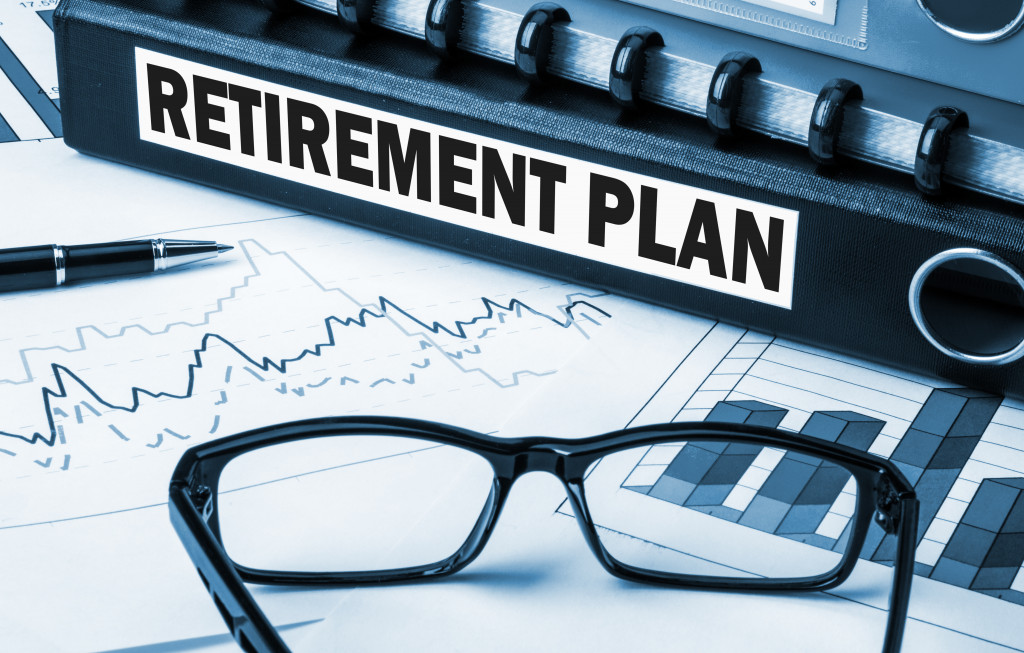Retirement. It’s a word that can fill even the most level-headed person with a sense of dread. There’s so much to think about! “When can I retire?” “How much money will I need to save?” “What kind of lifestyle do I want in retirement?” These are all valid questions that must be considered when planning retirement. But don’t worry; here’s the help you need! This guide will give you everything you need to prepare for retirement properly.
Start Early
The best advice for retirement planning is to start early and regularly invest—the earlier you save, the more time your money has to grow. And the more money you save, the more options you will have in retirement. If you want to retire sooner rather than later, it’s important to start saving as soon as possible. So, when should you start planning? Ideally, your 20s. This way, you’ll have more time to reach your retirement goals. People in their 20s can also take more risks with their investments, leading to greater rewards.
However, it’s never too late to start preparing for retirement. Even if you’ve not given it a thought until now, don’t worry. Every dollar saved today will be much appreciated later! You can start with at least $25 a month to get going and increase the amount as you can. Remember that every dollar you save today is worth more in the long run.
Save Smart
Where you save your money is just as important as how much you save. When it comes to saving for retirement, there are a few options available, each with its pros and cons. Deciding which option is right for you will depend on your situation and goals.
401(k) or 403(b): A 401(k) or 403(b) is an employer-sponsored retirement savings plan. The funds in these accounts are invested and grow tax-deferred until withdrawal. At this point, they are taxed as ordinary income. Employers often offer matching contributions, which can be an incentive to participate in these plans.
Individual Retirement Account (IRA): An IRA is an individual retirement savings account that offers tax advantages for qualifying investors. Like employer-sponsored plans, the funds in an IRA grow tax-deferred until withdrawal.
Traditional IRAs: Traditional IRAs are the most common type of IRA. They offer tax-deferred growth, but contributions may be limited if you have a retirement plan through your employer.
Roth IRAs: A Roth IRA is an individual retirement account funded with after-tax dollars. This means that the money you contribute has already been taxed and grows tax-free. Unlike traditional IRAs, Roth accounts don’t have income limits or contribution restrictions.
Simplified Employee Pension (SEP) IRA: SEP IRAs are designed for small business owners and self-employed individuals. They offer the same tax advantages as traditional and Roth IRAs but with higher contribution limits.
Savings Incentive Match Plan for Employees (SIMPLE) IRAs: SIMPLE IRA plans are similar to traditional, and Roth IRAs but have lower contribution limits. Employers usually offer them as an alternative to 401(k)s or 403(b)s and may be subject to matching contributions from the employer.
Savings Account: A savings account is a bank account where funds are deposited and allowed to grow over time. Savings accounts typically offer relatively low-interest rates. This is a good option if you need easy access to your money or don’t qualify for other retirement accounts.

Investment Management
Once you’ve decided where to save, the next step is deciding how to invest your money. Mutual funds, stocks, bonds, ETFs, and other investment vehicles come with risks and rewards. It’s important to develop an investment strategy and diversify your portfolio to ensure that your money works for you. You can do this on your own, or you may want to consider speaking with a financial advisor or investment manager who can guide you in the right direction.
An investment manager can diversify your portfolio, keep up with market changes, and optimize investment opportunities before retirement. This is crucial to ensure you reach your goals and don’t have to worry about running short of funds in retirement.
Investing in yourself is another important factor. Think of it as an investment in your future. Consider continuing your education, learning a new skill, or taking on a side job to build additional retirement savings. Doing so can increase your income and provide job opportunities and experiences that benefit you. Finally, don’t forget to review your retirement plan and make adjustments as needed.
Changes in income or lifestyle may require you to adjust your savings goals or investment strategy. It’s important to stay on top of these changes and consult a financial advisor if necessary. This will help ensure that you are always on the right track to a secure retirement.
Preparing for your retirement doesn’t have to be complicated or overwhelming. If you start early and invest wisely, you’ll be on your way to a comfortable retirement in no time! So what are you waiting for? Get started today! Taking the time to plan for retirement will pay off in the long run. With some research and preparation, you’ll be better equipped to enjoy life after work.


